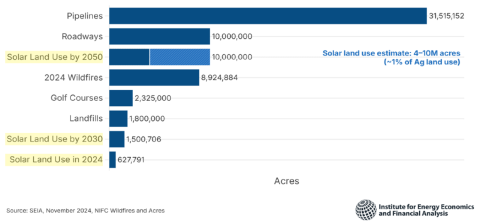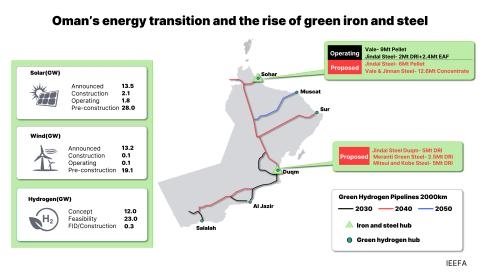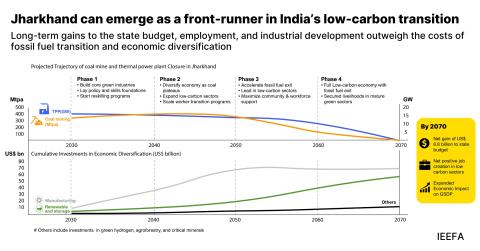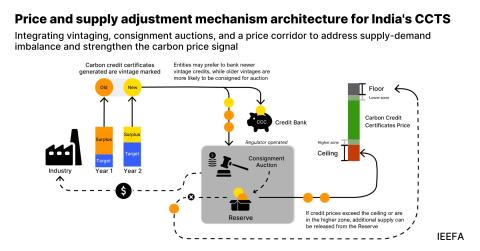Red flags on ExxonMobil (XOM): A note to institutional investors
Download Full Report
Key Findings
Oil prices are the main driver of ExxonMobil's financial fortunes. The price has risen and fallen with more or less equal intensity over the past decade.
Oil companies rely on enhanced revenues derived from price spikes to shore up their annual balance sheets—improving net incomes, allowing for debt repayment, providing potential for new capital investment, and funding payments to shareholders.
ExxonMobil, which used to lead the stock market, now lags it. ExxonMobil’s revenues peaked at $486 billion in 2012 and have fallen significantly since then. The company reported $268 billion in revenues in 2015, a 45 percent decline from the previous year.
Executive Summary
The oil industry, led by ExxonMobil, the world’s largest publicly traded international oil and gas company, once provided its investors with outsize returns.
This is no longer the case.
Today annual cash distributions to investors are less than half of the annual average payout for the last decade. ExxonMobil’s future is one of diminished prospects.
The principal drivers of oil industry profitability have eroded in recent years, and investors— institutional investors in particular because of their fiduciary responsibilities to their shareholders—are faced now with hard questions about oil industry finances and about the suitability of owning stock in companies like ExxonMobil.
ExxonMobil’s financial management challenges are compounded by climate change controversies. The dispute over differences between the company’s public statements on climate change risks and its non-public knowledge of those risks has grown, and outside scrutiny has now come to bear on the size and value of ExxonMobil’s reserves.
Institutional investors face issues not only related to lower shareholder payouts but also involving ExxonMobil’s corporate philosophy and its long-term strategy. Urgent questions raised now by investors require frank and honest answers from the company. ExxonMobil is under considerable financial stress.
The company is emblematic of the once dominant energy industry that now takes a back seat to other sectors of the global economy. Corporations that specialize, by comparison, in information technology, manufacturing, finances, consumer goods and telecommunications are all growing at faster rates than the oil industry—and they all have more stable outlooks.
To be sure, ExxonMobil remains a presence among the world’s largest publicly traded companies. But its position is eroding, and the company, like the industry as a whole, will only grow smaller as time goes by and as the global energy transition gains steam.
ExxonMobil’s management has a responsibility, first, to acknowledge to investors that the company sits squarely at the center of this transition and, second, to develop a strategy grounded in this acknowledgement.
ExxonMobil was a dominant force in the stock market for decades, leading every other public company in size and sway and driving much of the performance of the S&P 500 Index. But beginning in the 1990s, companies from other industries began to usurp oil producers in terms of stock-market heft. ExxonMobil is the last of the big oil companies among the top 10 S&P stocks, and for the last nine consecutive quarters, the company has lagged the overall performance of the S&P 500.
Low oil prices have driven ExxonMobil’s decline, and the company’s revenues have fallen by 45 percent over the last five years. Rising production costs have outpaced its revenue losses as its net income, cash flow and aggregate payments to shareholders have declined. The company has recently more than tripled its reliance on long-term borrowing and has been downgraded by two credit agencies this year.
In the meantime, capital expenditure—a key long-term indicator of future revenues—is being reduced. ExxonMobil, of course, is not alone in this department; it is one of more than 47 oil companies that have cut capital expenditures, an industrywide move that signals lower future profits and production.
Low oil prices, a factor beyond ExxonMobil’s control, are likely to remain a constant as supply-and-demand imbalances, new political alliances and low-carbon initiatives foster a realignment of global energy priorities and a capital-allocation shift away from fossil fuels. ExxonMobil is paying out more money to shareholders than its operational revenues are generating (this has been so now for a decade). The company has only recently indirectly acknowledged this problem by announcing an end to its stock buybacks. Yet the company has maintained its commitment to steady, modest increases in its dividend payments. In the meantime, reduced cash outlays to investors have decreased the per-share returns on ExxonMobil stock.
As the company struggles to find a profitable strategy for its conventional oil, natural gas, oil sands and petrochemical businesses, it is being hampered now by serious controversy over whether it has been fully transparent in how it has managed climate-change risk. Inquiries by securities watchdogs are looking closely at how low oil prices affect ExxonMobil’s disclosures regarding the size and value of its reserves.
Both ExxonMobil and its investors, then, find themselves in a pivotal period. The company’s financial performance alone suggests an enterprise facing a much smaller market for its product.
Sections I-V of this report offer context and perspective on ExxonMobil’s current circumstances.
Section VI sets forth pertinent questions for investors that reflect the management concerns flowing from Exxon Mobil’s financial stress, climate challenges and its response to securities investigations.
Press release: IEEFA Investor Memo ExxonMobil (XOM): Company Is an ‘Outlier’ in How It Reports Write-offs on Canadian Oil Sands Assets
Please view full report PDF for references and sources.















